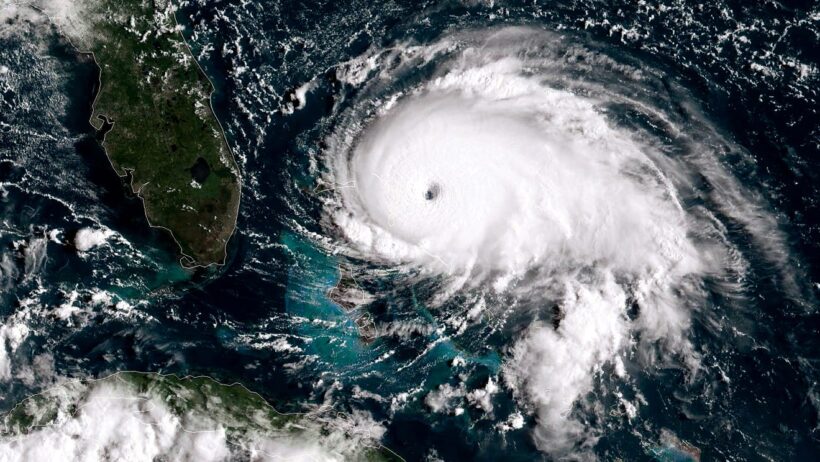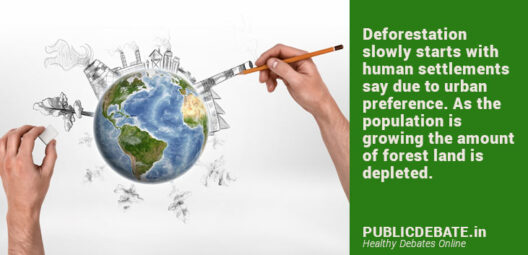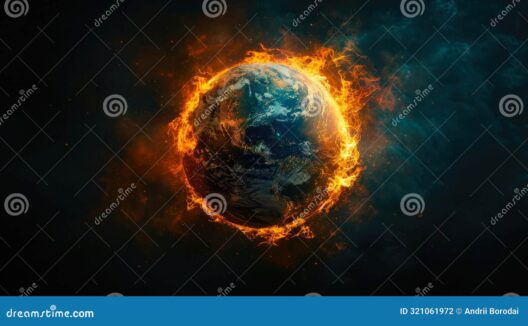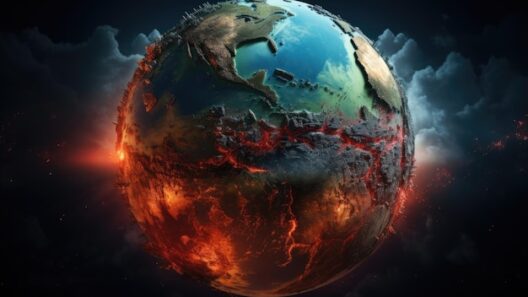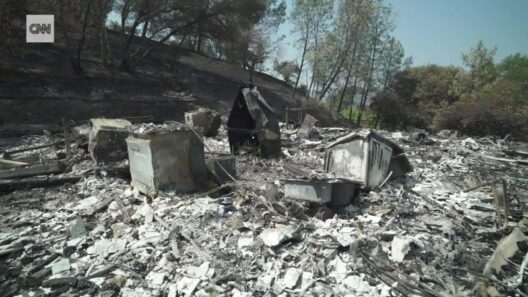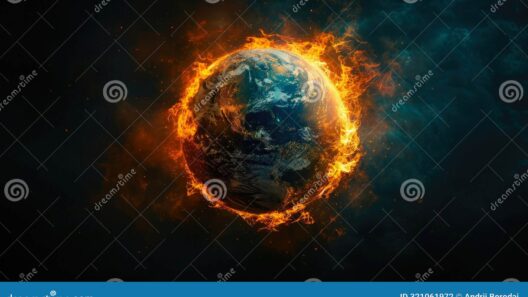As the tempestuous breath of the ocean swells, gripped by ominous forces, the question looms large: are hurricanes, nature’s ferocious tempests, indeed growing stronger in the face of our warming world? To unravel this intricate enigma, we must first discern the intricate relationship between hurricanes and climate change and dive into the depths from which these voracious winds emerge.
Hurricanes, also known as tropical cyclones, are birthed over warm ocean waters, drawing their life force from the heat and moisture they absorb. As temperatures rise due to global warming, these waters continue to warm, offering a veritable banquet of energy for storm systems. The connection between warm ocean waters and hurricane intensity is not merely a hypothesis; it is a fundamental principle of meteorology. Warmer water fosters more evaporation, which in turn produces an abundance of water vapor in the atmosphere. This cycle creates the necessary conditions for hurricanes to thrive.
According to the scientific consensus, while the overall number of hurricanes may not be increasing dramatically, the intensity and destructiveness of these storms have escalated markedly. The Saffir-Simpson Hurricane Wind Scale categorizes hurricanes from one to five based on sustained wind speed. It is feared that we are witnessing an increase in the frequency of category four and five hurricanes, with their relentless winds and torrential downpours symbolizing the escalating ferocity of nature’s wrath.
The 2020 Atlantic hurricane season stands as a harrowing testament to this trend, as it broke records for the number of remote storms and major hurricanes. Names like Laura and Delta echo in the minds of those affected, each tempest leaving in its wake a tapestry of destruction and despair. Analysis of historical data reveals that the number of intense hurricanes has risen dramatically over the past few decades, and this perilous trajectory correlates with humans’ carbon emissions and the resultant climate crisis.
It is essential to consider not only wind strength but also rain intensity and storm surge as critical components of hurricane damage. Climate change produces heavier precipitation, leading to unprecedented flooding during storms. The adage that “the rain falls on the just and unjust alike” rings hollow in coastal communities, where the differences between environmental preparation and vulnerability create broad chasms in resilience. Flooding exacerbated by rising sea levels—another consequence of global warming—creates vulnerabilities that compound hurricane impacts. It can be illustrated as a cruel irony of fate: the more we ignore the call to address climate change, the more we invite nature’s tempestuous ire.
Coral reefs, coastal wetlands, and mangrove ecosystems work tirelessly to mitigate the impacts of hurricanes. They serve as natural barriers, their intricate structures absorbing wave energy and providing sanctuaries for countless species. However, warmer ocean temperatures, acidification, and habitat loss threaten these systems. As we grapple with climate change, we jeopardize the very defenses we rely on to keep hurricanes at bay, rendering communities incredibly fragile in the face of storms.
Moreover, societal factors compound the impacts of stronger hurricanes. Coastal urbanization has expanded without restraint, cultivating areas where storm surges can wreak havoc on populated zones. Infrastructure built without regard for the realities of climate change succumbs to nature’s wrath when these supercharged storms arrive. It bears repeating that human actions have a direct correlation with hurricane intensity—our choices shape the landscape, and with it, our vulnerabilities.
Global warming is pulling the strings of this tempestuous marionette. The interdependence of climate systems becomes alarmingly clear; while we have historically viewed hurricanes through a deterministic lens of meteorology, we are now compelled to recognize the socio-economic factors that interplay dynamically with environmental issues. Hurricane preparedness must move beyond emergency responses to encompass mitigation strategies rooted in the urgency of addressing climate change.
In light of these realities, the question becomes not just why hurricanes are getting stronger but how humanity can adapt and mitigate these looming threats. Innovations in forecasting technology offer glimmers of hope, allowing us to predict storm paths with greater accuracy, granting communities the opportunity to evacuate and prepare. Nonetheless, we must confront the root causes driving these changes.
The urgency to transition to renewable energy sources cannot be overstated. Shifting away from fossil fuel reliance is paramount, as is investing in policies that support sustainable practices. Reforestation, wetland restoration, and sustainable fisheries can serve both as ecological sanctuaries and buffers against storm surges. Collectively, the act of stewardship is an antidote to the malady of apathy, a beacon guiding the way through the tempest.
As the fabric of climate change continues to weave itself into the essence of our storms, it is essential to engage in collective dialogue about resilience, adaptation, and action. The strength of hurricanes is a stark reminder of what is at stake. Ignoring the evidence will not render it invisible; rather, it will unleash the storm’s fury upon those least prepared to withstand it.
In conclusion, while the winds howl with a vehemence that echoes the universe’s indifference, we must turn our attention to the earth beneath our feet and recognize that the storm—a tempest of unfathomable proportions—is intricately linked to human actions. The challenge before us is not solely to endure the storms but to confront the forces that embolden them. In safeguarding our future, we must confront the deluge, transforming our vulnerabilities into formidable strength—a resilience forged in the fires of knowledge, empathy, and change.



